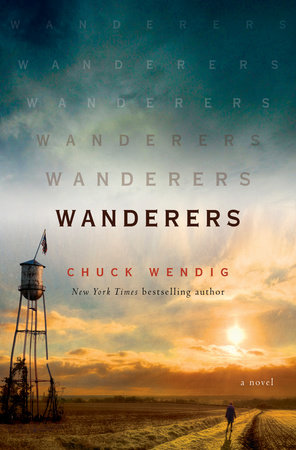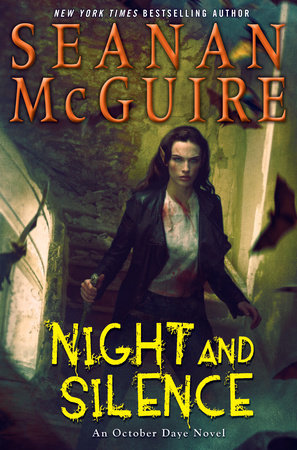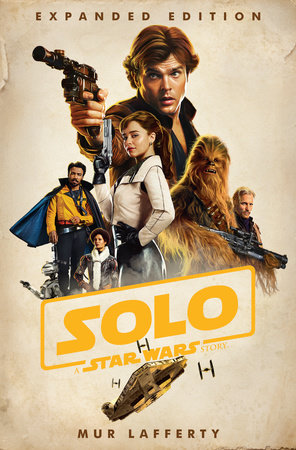Tag Archives: author interview
Write Advice | Research, But Not Too Soon by Julia Glass
Write Advice | Making History: Characters in Narrative Nonfiction by Gary Krist
History that downplays individual experience — that focuses exclusively on movements, economic forces, social developments, and the like — can be worthwhile and enlightening, but it’s never going to make very compelling reading for non-specialists. People are interested in people, so they like to see how the larger forces of history shape — and are shaped by — recognizable, specific persons with stories all their own. As a narrative historian, I therefore face a lot of the same challenges that a novelist does. I’ve got to find characters whose life histories will allow me to express what needs expressing, and who are in and of themselves fascinating to read about.
As a former fiction writer (or, as Walter Isaacson teasingly called me in the New York Times a few years ago, a “lapsed novelist”), I’ve seen the task from both perspectives, and I can tell you that the narrative historian has, in some ways, the harder job. Yes, we don’t face the yawning terror of the totally blank page every morning (that daily existential crisis), but we also don’t have the luxury of creating elements from whole cloth to add dimension to a dullish character or enliven a lagging plot. We can only draw on the raw material offered up by the historical record. Of course, many popular historians of the past had no qualms about inventing freely — details, dialogue, scenes — whenever the historical record was lacking, but the new school of narrative history insists on higher standards of scholarship. In other words, we can’t just make it up.
So when deciding on what characters to focus on in my books, I look for people who (A), were at the center of the important issues of the day, (B), were complex and interesting in their own right, and (C), were also well documented in the historical record. That last criterion is important. Memoirs, letters, newspaper interviews, diaries — any kind of account in which a participant in the drama tells what happened in human, on-the-ground terms — are critical for me, since they give me the concrete details I need to bring people and events to life. (Incidentally, since a lot of my main characters are colorful types who frequently wound up in court, transcripts of trial testimony have been particularly useful.)
Naturally, all of these documents can be as unreliable as any other sources in the record. Accounts are only as trustworthy as the people who give them, after all, so I find myself constantly having to judge how much to believe in any given source. Often I’ll talk about this decision-making process in the end-notes to my books, which I see as a kind of running commentary on how I used the historical record to create the book, for those who are interested in seeing how the sausage is made.
The three criteria I mentioned were important considerations when I chose the main characters around whom to base The Mirage Factory. William Mulholland, D.W. Griffith, and Aimee Semple McPherson were all central to the story I wanted to tell, representing the three forces — which you might shorthand as Water, Celluloid, and Spirituality — that allowed Los Angeles to grow up in a place where no big city has any right to be. They’re also intriguing, multidimensional people with character flaws as big as their talents. And they were all extremely well documented in the historical record. All three wrote autobiographies of a sort (although Mulholland’s was very short). Each left behind a fairly comprehensive archive. And as highly visible public figures, they were covered extensively (in McPherson’s case, one might say “obsessively”) by the local press in their lifetimes.
So narrative historians have definite limits on what they can do, particularly when telling stories that involve people for whom the historical record is skimpy or incomplete. That’s why I sometimes have to take a pass on a book idea that might seem irresistible at first glance. If the material isn’t there to give the characters and events the kind of texture and dimension required, the idea won’t work, no matter how interesting the story may be in outline. Fortunately, though — thanks to the hard work of archivists who keep developing more sophisticated ways of cataloguing and searching their collections — the amount of raw material available just keeps growing. It’s up to the narrative historian to choose wisely.

Write Advice | How to Strike the Right Balance of Fact and Fiction in Historical Fiction by Fiona Davis
Mark Twain’s Nonfiction by Richard Russo
ONCE ASKED THAT SAME QUESTION ABOUT ONE OF HIS OWN STORIES, DAVID SEDARIS REPLIED, “THEY’RE TRUE ENOUGH.”
WRITERS, BY CONTRAST, ARE USED TO SILENCE. THEIR APPLAUSE, IF THEY’RE LUCKY ENOUGH TO GET ANY, COMES LONG AFTER THEIR “PERFORMANCE” HAS CONCLUDED, IN THE FORM OF REVIEWS.

Chuck Wendig talks Star Wars, Slasher flicks, and Your New Favorite Sandwich
 Keith Rice is a West Virginia native and a freelance writer residing in Philadelphia with his lovely, if oft exasperated wife and three cats. Keith fosters an enthusiastic appreciation for beer and scotch, collects comics, and most importantly is an avid reader and movie lover. Oh, he’s a pretty big fan of sci-fi and fantasy as well. Drop him a line @Keith_Rice1.
Keith Rice is a West Virginia native and a freelance writer residing in Philadelphia with his lovely, if oft exasperated wife and three cats. Keith fosters an enthusiastic appreciation for beer and scotch, collects comics, and most importantly is an avid reader and movie lover. Oh, he’s a pretty big fan of sci-fi and fantasy as well. Drop him a line @Keith_Rice1. 
Sylvain Neuvel talks about the Themis Trilogy, Favorite Books, and Writing His Own Language
 Keith Rice is a West Virginia native and a freelance writer residing in Philadelphia with his lovely, if oft exasperated wife and three cats. Keith fosters an enthusiastic appreciation for beer and scotch, collects comics, and most importantly is an avid reader and movie lover. Oh, he’s a pretty big fan of sci-fi and fantasy as well. Drop him a line @Keith_Rice1.
Keith Rice is a West Virginia native and a freelance writer residing in Philadelphia with his lovely, if oft exasperated wife and three cats. Keith fosters an enthusiastic appreciation for beer and scotch, collects comics, and most importantly is an avid reader and movie lover. Oh, he’s a pretty big fan of sci-fi and fantasy as well. Drop him a line @Keith_Rice1. 
Seanan McGuire talks October Daye, and Her Creepiest Halloween Story
 Keith Rice is a West Virginia native and a freelance writer residing in Philadelphia with his lovely, if oft exasperated wife and three cats. Keith fosters an enthusiastic appreciation for beer and scotch, collects comics, and most importantly is an avid reader and movie lover. Oh, he’s a pretty big fan of sci-fi and fantasy as well. Drop him a line @Keith_Rice1.
Keith Rice is a West Virginia native and a freelance writer residing in Philadelphia with his lovely, if oft exasperated wife and three cats. Keith fosters an enthusiastic appreciation for beer and scotch, collects comics, and most importantly is an avid reader and movie lover. Oh, he’s a pretty big fan of sci-fi and fantasy as well. Drop him a line @Keith_Rice1. 
Author Peter Tieryas talks Mecha Samurai Empire and Alternate History
 Keith Rice is a West Virginia native and a freelance writer residing in Philadelphia with his lovely, if oft exasperated wife and three cats. Keith fosters an enthusiastic appreciation for beer and scotch, collects comics, and most importantly is an avid reader and movie lover. Oh, he’s a pretty big fan of sci-fi and fantasy as well. Drop him a line @Keith_Rice1.
Keith Rice is a West Virginia native and a freelance writer residing in Philadelphia with his lovely, if oft exasperated wife and three cats. Keith fosters an enthusiastic appreciation for beer and scotch, collects comics, and most importantly is an avid reader and movie lover. Oh, he’s a pretty big fan of sci-fi and fantasy as well. Drop him a line @Keith_Rice1. 
Mur Lafferty Chats about the Not-So-Complicated-Motivations of Han Solo, Her Favorite Recent Star Wars Characters, and Podcasting
 Keith Rice is a West Virginia native and a freelance writer residing in Philadelphia with his lovely, if oft exasperated wife and three cats. Keith fosters an enthusiastic appreciation for beer and scotch, collects comics, and most importantly is an avid reader and movie lover. Oh, he’s a pretty big fan of sci-fi and fantasy as well. Drop him a line @Keith_Rice1.
Keith Rice is a West Virginia native and a freelance writer residing in Philadelphia with his lovely, if oft exasperated wife and three cats. Keith fosters an enthusiastic appreciation for beer and scotch, collects comics, and most importantly is an avid reader and movie lover. Oh, he’s a pretty big fan of sci-fi and fantasy as well. Drop him a line @Keith_Rice1. 








